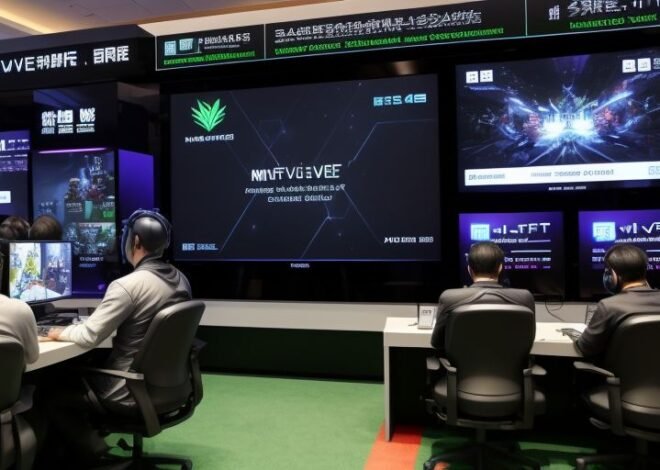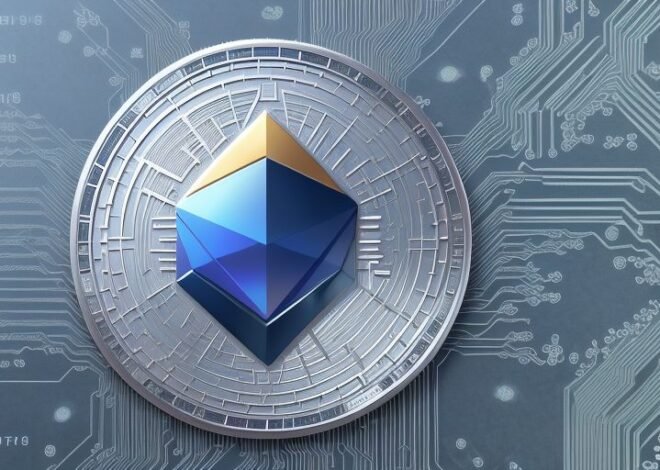Layer 2 Solutions See Surge in Activity as Ethereum Gas Fees Rise
The usage and adoption of Ethereum’s Layer 2 scaling solutions are currently on the rise as gas fees on the Ethereum mainnet continue to soar. This has been due to the fact that more and more users and developers are in search of better and cheaper ways of carrying out transactions and smart contract interactions without compromising the security and decentralization of the Ethereum network.
At the front line of this Layer 2 surge is Arbitrum, which has seen its TVL grow by more than 25% in the past week. The platform, which operates on the basis of optimistic rollup to execute transactions off the main Ethereum network and then combine them into one, has gained much popularity among the DeFi community, who want to avoid high gas fees. Some of the largest DeFi platforms such as Uniswap and Aave have already launched on Arbitrum and are helping to build the network’s ecosystem.
One more Layer 2 solution that is gaining popularity is Optimism, which has added 20% of daily active users in the last 24 hours. Optimism also leverages optimistic rollups to solve the problem of Ethereum transaction throughput. The platform has also recently announced several partnerships with popular DeFi projects; this means that more and more people are using the platform and engaging in activities within the network.
ZK-rollup solutions like zkSync and StarkNet are also gaining more traction in terms of users and developers. These platforms employ zero-knowledge proofs to verify transactions and are believed to have certain benefits in comparison to optimistic rollups. Despite being relatively new and still not very popular, ZK-rollups are considered to be the future of Ethereum scaling.
The increase in Layer 2 activity occurs at the same time as the gas fees on the Ethereum network have risen to unaffordable levels for many users again. As of the writing of this article, a simple token swap on Uniswap could take more than $50 in gas fees on the Ethereum mainnet. On the other hand, the same transaction on a Layer 2 solution like Arbitrum or Optimism will be less than $1.
This has created a huge gap in transaction fees between Ethereum mainnet and various Layer 2 solutions which has seen users and liquidity shift to the latter. As of now, the total value locked in all Ethereum Layer 2 solutions has now crossed the $10 billion mark, which is a rise of over 500% from the same period last year.
The increasing usage of Layer 2 solutions is not only advantageous for the users in terms of cost savings but also has a positive impact on Ethereum network as a whole. Thus, the Ethereum mainnet can provide high throughput and, at the same time, keep the high level of decentralization and security by delegating a large number of transactions to Layer 2 networks.
Nevertheless, the development of the Layer 2 solutions has also produced new problems. The first problem that can be observed in the Layer 2 ecosystem is the lack of liquidity which is divided across various platforms. This fragmentation can lead to lower capital utilization and can also result in higher slippage for the users while trading assets.
To this end, several projects are trying to create cross-Layer 2 bridges and aggregators that will seek to integrate liquidity across various scaling solutions. These developments could go a long way in enhancing the overall user experience, and effectiveness of the Layer 2 ecosystem.
With Ethereum’s transition to proof-of-stake with the “Merge” upgrade still on the horizon, Layer 2 solutions are expected to become even more crucial to the network’s scaling.
If Ethereum’s base layer and the Layer 2 solutions are combined, they can offer a strong platform for the next generation of dApps and financial services.


